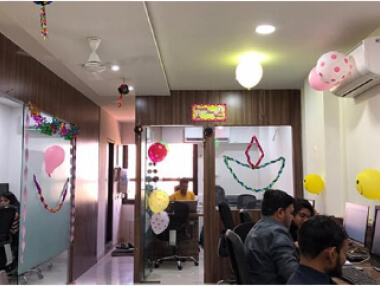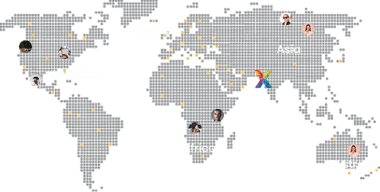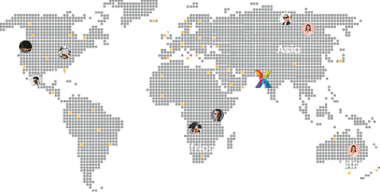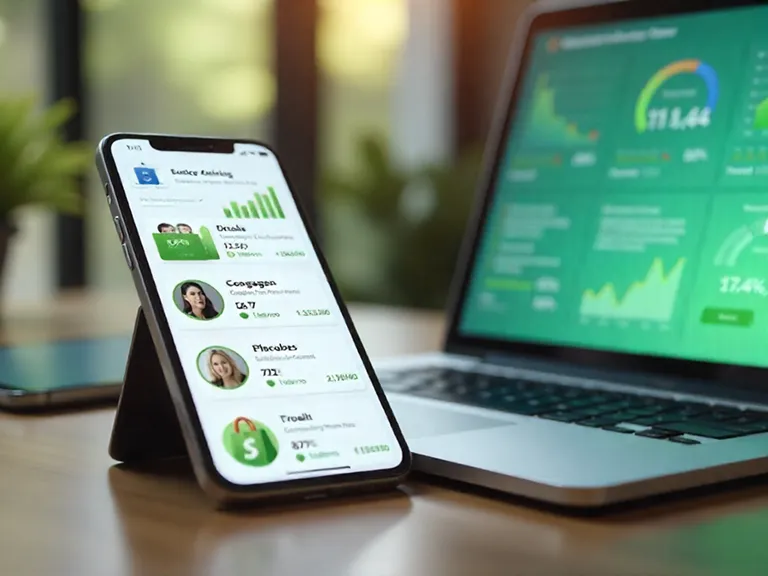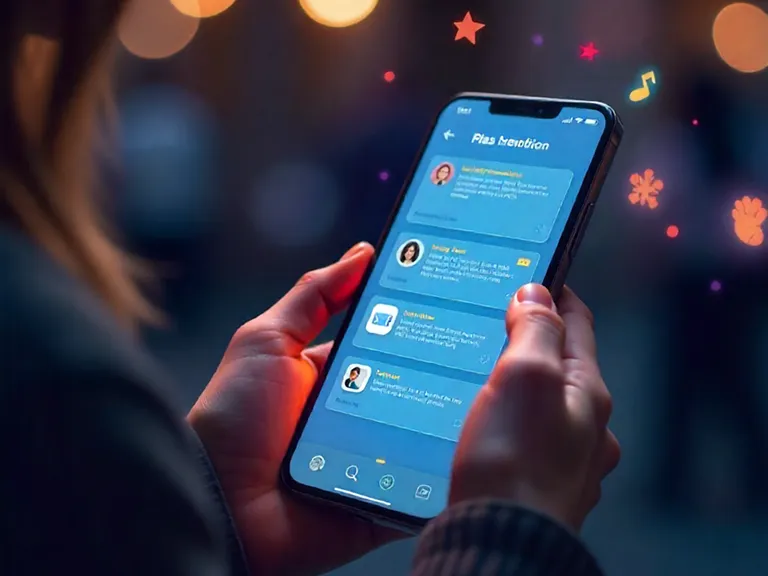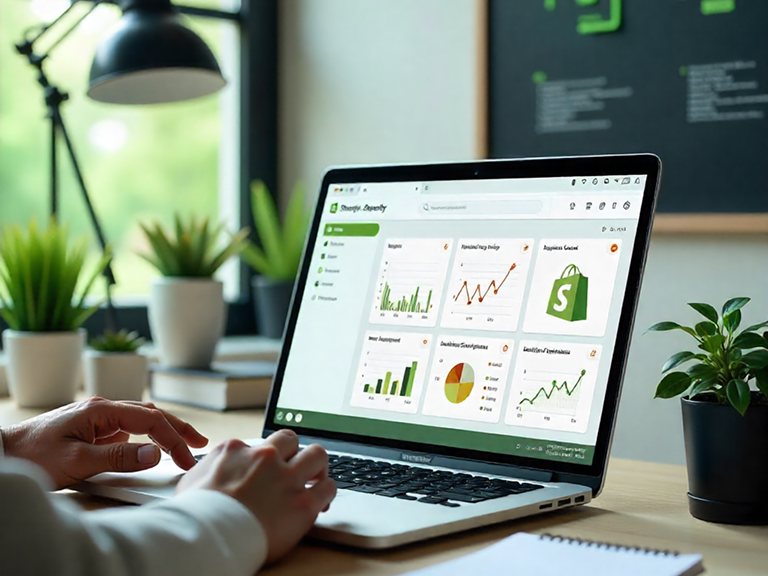Mobile shoppers are more demanding, more impatient, and more valuable than ever. In 2025, a mobile-first strategy is not optional, it’s a revenue engine. While off-the-shelf app builders can get you onto phones quickly, a well-executed custom Shopify mobile app delivers measurable benefits that compound over time: higher conversion rates, increased average order value (AOV), and greater customer lifetime value (CLV).
In this article, we break down the true return on investment (ROI) of custom mobile apps for Shopify stores, show how to measure impact, provide realistic cost examples in USD, and explain why some merchants see exponential long-term gains from owning a custom app experience.
Why mobile apps matter for Shopify merchants
Mobile commerce continues to grow rapidly a large share of online sessions and purchases happen on smartphones. According to industry trackers, mobile traffic dominates eCommerce browsing, and investments in mobile UX directly influence conversion performance and repeat purchase behaviour. A mobile app is a dedicated channel that offers:
- Faster, more reliable experiences than mobile web
- Persistent engagement via push notifications and in-app messaging
- One-tap checkout experiences and saved payment credentials
- Deeper personalization powered by on-device behavior
Those capabilities translate to measurable revenue when implemented with a data-driven roadmap.
Which metrics define ROI for a custom mobile app?
ROI for a mobile app is not just “sales cost.” For Shopify merchants, the key metrics you should track are:
- Conversion Rate (CR): Percentage of app sessions that become orders.
- Average Order Value (AOV): Dollars spent per order in the app versus web.
- Repeat Purchase Rate & Purchase Frequency: How often app users come back.
- Customer Lifetime Value (CLV or LTV): Net revenue expected from a customer over their lifetime.
- Acquisition Cost (CAC): Cost to acquire customers who primarily purchase through the app.
When a custom app is designed to reduce friction (faster checkout), improve relevance (personalized recommendations), and increase retention (loyalty programs & push flows), these metrics move in the right direction and compound yielding strong ROI over 6–18 months.
How custom apps drive higher conversions the mechanisms
Custom apps create a superior funnel by combining technical and behavioral levers:
- Speed & Performance: Native or well-optimized cross-platform apps load faster than mobile web; faster experiences reduce abandonment. (Page speed improves conversions — a well-known Google finding.)
- Streamlined Checkout: Saved payment methods, address autofill, and shorter checkouts remove friction and boost CR.
- Push & In-App Messaging: Timely, segmented messages (cart recovery, product back-in-stock, VIP offers) convert at higher rates than email alone.
- Personalization: Native recommendation engines and exclusive in-app offers increase AOV and repeat purchases.
- Loyalty & Gamification: Embedded loyalty programs increase repeat purchase rate and CLV.
Realistic ROI scenarios a sample model
Below is a simplified ROI illustration for a mid-sized Shopify store considering a custom app. Use it as a framework to run your own numbers.
| Metric | Web Baseline | Post-App (Conservative) | Post-App (Optimistic) |
|---|---|---|---|
| Monthly sessions | 50,000 | 55,000 | 60,000 |
| Conversion Rate | 2.5% | 3.2% (+28%) | 3.8% (+52%) |
| Average Order Value (AOV) | $65 | $72 (+11%) | $80 (+23%) |
| Monthly revenue | $81,250 | $126,720 | $182,400 |
| Incremental monthly revenue | — | $45,470 | $101,150 |
Notes: These are illustrative numbers your results will depend on category, offer, user base and execution. Even conservative uplifts (10–30% in CR/AOV) can pay back a properly scoped custom app in under 12 months for many mid-market merchants.
Typical costs (USD) and payback timeline
Custom development costs vary widely. Typical ranges in 2025:
- Minimum viable custom app: $10,000 – $25,000 (basic native features + Shopify sync)
- Feature-rich custom app: $25,000 – $75,000 (advanced personalization, integrations, native performance)
- Enterprise mobile platform / headless + PWA: $75,000+
Ongoing maintenance / hosting / analytics: $500 – $4,000/month depending on scale and SLA.
Payback timeline: If a custom app drives an incremental $40k monthly revenue and your one-time development cost is $40k, the payback period is ~1 month of incremental profit (ignoring CAC changes). Realistically, expect a 3–12 month payback in most cases after implementation and optimization.
Measuring ROI: the checklist
To measure whether a custom app is delivering ROI, track these continuously:
- App adoption rate (downloads + active users)
- Conversion uplift vs mobile web
- Average Order Value by channel
- Repeat purchase rate and cohort LTV
- Cost to acquire app users (ads, incentives) vs web customers
- Operational savings (automation replacing manual workflows)
Why some investments fail and how to avoid mistakes
Poor outcomes usually come from weak strategy, not engineering. Common pitfalls:
- Building features users don’t need (feature bloat)
- No post-launch optimization plan (analytics + A/B testing)
- Poor onboarding and low activation — users download but don’t convert
- Ignoring long-term ownership (relying on third-party builders without exportable data)
Fixes are straightforward: validate demand first, prioritize core conversion flows, instrument analytics, and invest in activation campaigns (onboarding emails, welcome offers, push sequences).
Why a specialist Shopify partner matters
Shopify-specific experts blend platform knowledge with mobile UX and commerce strategy. A partner like Xceptive Solutions LLP will:
- Map the app experience to your revenue model
- Design native flows that reduce checkout friction
- Integrate CRM, loyalty, and analytics to maximize CLV
- Run post-launch experiments and iterate to improve ROI
Conclusion:
A custom Shopify mobile app is an investment in an owned channel: one that can deliver superior conversion rates, uplift AOV, and extend customer lifetime value when executed correctly. While the upfront costs are higher than an app builder subscription, the ownership, flexibility, and performance gains create long-term value that frequently outperforms the initial investment.
If you want to evaluate the true ROI for your store, Xceptive Solutions LLP can run a short discovery, model your expected uplifts, and propose a phased app roadmap that minimizes risk and accelerates payback.
Frequently Asked Questions (FAQs)
How soon can I expect ROI from a custom app?
It varies many merchants see measurable ROI within 3–12 months after launch and optimization.
Is a custom app better than an app builder for ROI?
Custom apps often yield higher long-term ROI because of ownership, performance, and deeper personalization but app builders are good for fast validation.
What minimum uplift should I expect?
Conservative targets are 10–30% uplift in CR or AOV for mature stores; results will vary by industry and execution.
Do I need a native app to get the best results?
Not always high-quality cross-platform solutions (React Native / Flutter) can deliver near-native performance at lower cost.
How important is onboarding?
Crucial. Without onboarding and activation flows, downloads won’t translate into revenue.
Will a custom app reduce my operating costs?
Often yes automation, better data, and fewer support friction points can reduce manual workload and error costs.
What ongoing costs should I plan for?
Maintenance, analytics, and periodic feature updates typically $500–$4,000/month depending on complexity.
Can I migrate from an app builder to a custom app later?
Yes. Plan for data export and continuity in the transition to preserve user accounts and loyalty points.
How do you forecast CLV improvements?
Use cohort analysis to compare repeat rates and average revenue per user before and after app adoption.
How can Xceptive help evaluate ROI?
We run a discovery, benchmark your current funnel, model expected uplifts, and propose a phased app roadmap focused on fast payback and long-term CLV gains. Contact us.
